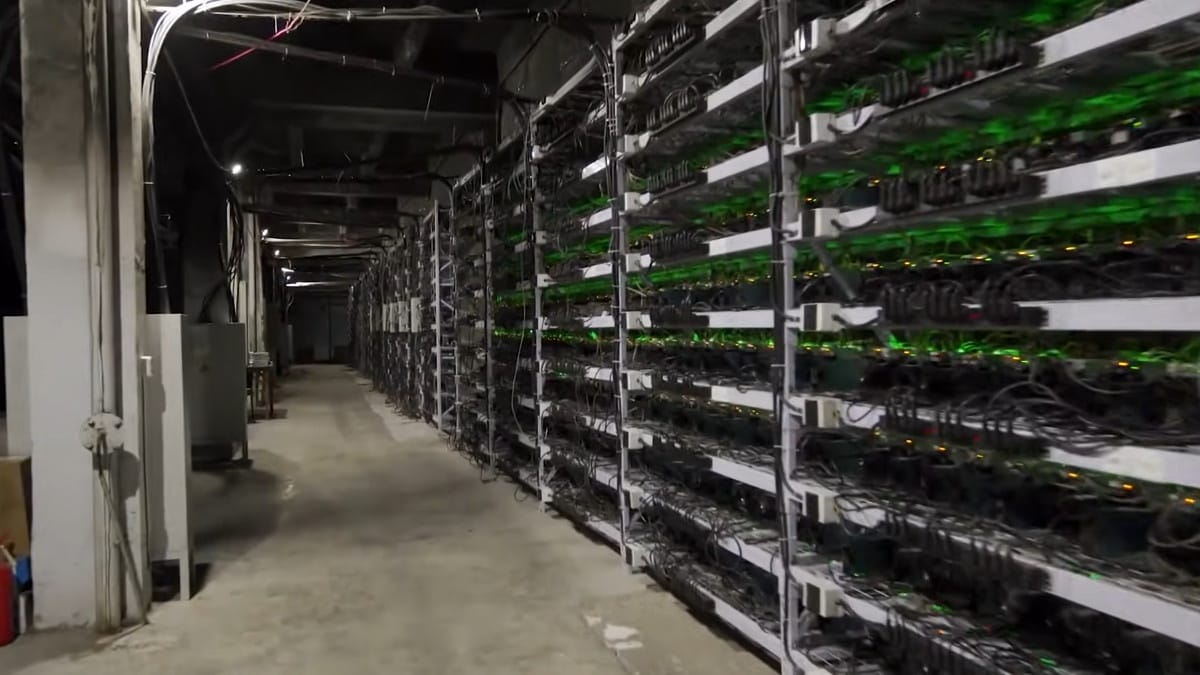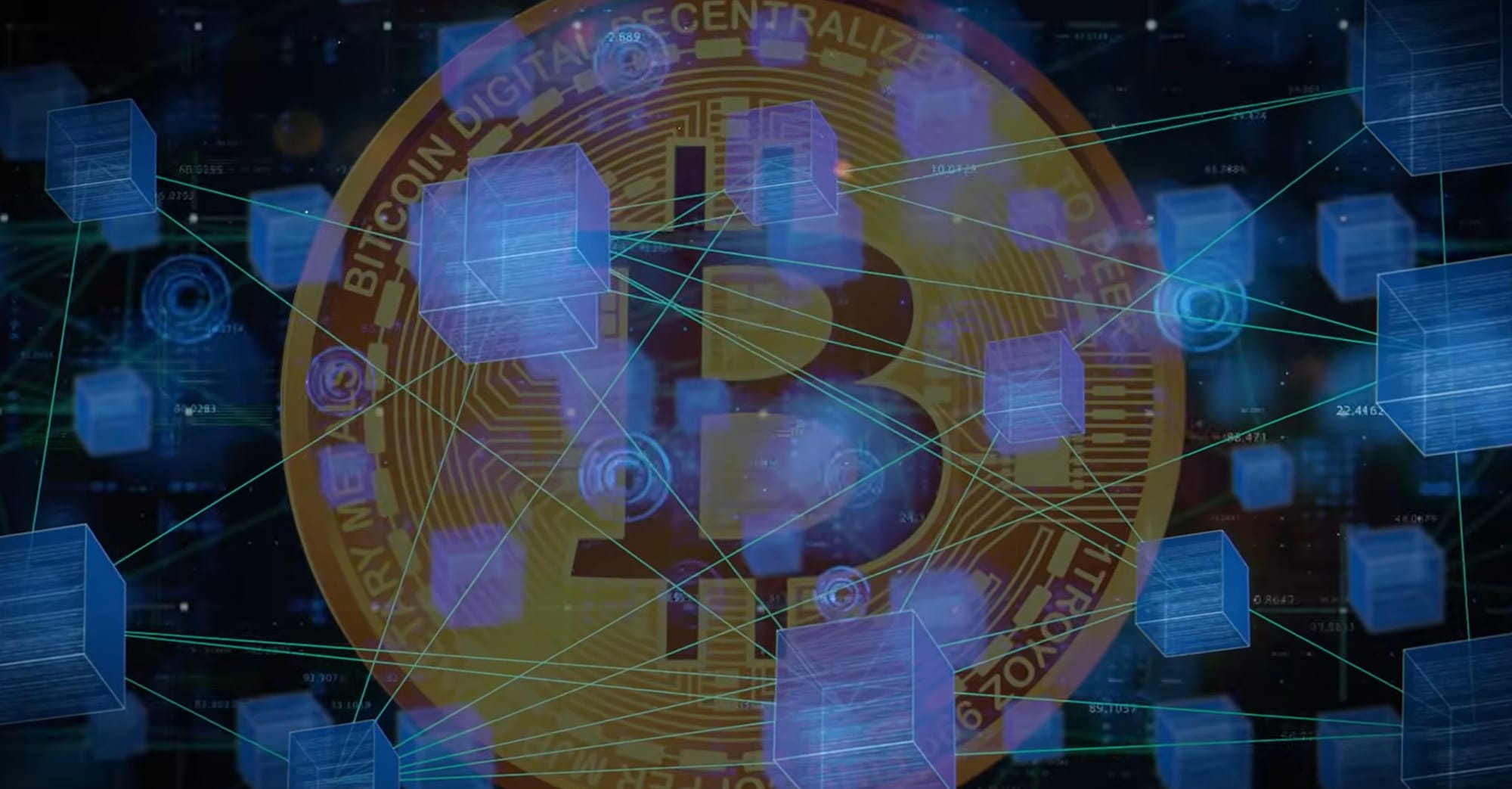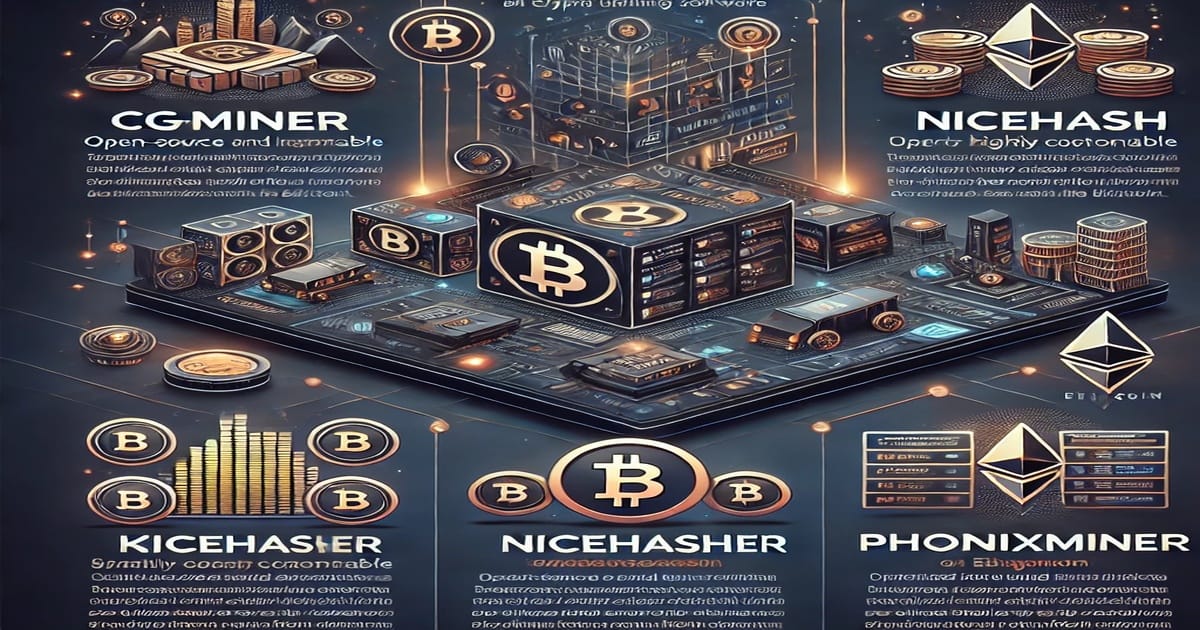What is Crypto Mining? A Beginner’s Guide
Crypto mining is the backbone of blockchain technology, ensuring security and decentralization. This guide breaks down everything from how mining works to choosing the right hardware, software, and mining pools.

The world of crypto mining is full of opportunities, but it's not as simple as plugging in a machine and watching money roll in. If you've ever wondered how Bitcoin and other cryptocurrencies come into existence, mining is the answer. It's the backbone of decentralized finance, powering transactions and securing networks without the need for banks or middlemen.
But what exactly is crypto mining, and how does it work? In this guide, we’ll break it down in a way that makes sense, even if you're a complete beginner. We’ll explore the fundamentals, the technology behind it, and what you need to get started. Let’s dive in!
Understanding the Basics of Crypto Mining
Crypto mining is the process of verifying and adding new transactions to a blockchain network. It secures digital currencies like Bitcoin, Ethereum, and Litecoin by using computational power to solve cryptographic puzzles. In return, miners earn rewards in the form of newly minted coins or transaction fees.
How Crypto Mining Secures the Blockchain
Mining is essential to blockchain security. Each transaction is bundled into a block, which is then validated by miners. Once verified, the block is added to the decentralized ledger. This prevents fraud, double spending, and unauthorized alterations to the network.
Without miners, cryptocurrencies would struggle to maintain security and transparency. Here’s why they matter:
- Preventing Fraud: Mining ensures only legitimate transactions get approved.
- Maintaining Decentralization: Unlike banks, crypto relies on a distributed network of miners instead of a central authority.
- Ensuring Network Stability: A well-mined blockchain remains resistant to hacking attempts.
Energy Consumption and Sustainability Concerns
Mining requires high computational power, leading to significant energy consumption. This has sparked debates about sustainability. Some projects now use renewable energy or adopt energy-efficient consensus mechanisms like Proof of Stake (PoS) instead of traditional Proof of Work (PoW).
How Crypto Mining Works

Most crypto mining operations use Proof of Work (PoW) to validate transactions. This system requires miners to solve complex mathematical puzzles to add a block to the blockchain network. The process prevents double spending and ensures security.
Miners compete to find a solution first. The winner gets to add the block and earns a mining reward, which includes newly minted coins and transaction fees. Every cryptocurrency transaction must pass through the following steps:
- Broadcasting: The transaction gets sent to the network.
- Validation: Miners verify if the sender has enough cryptocurrency balance to complete the transaction.
- Block Creation: Once verified, transactions are grouped into a new block.
- Solving the Puzzle: Miners use high-powered computers to solve cryptographic equations.
- Block Addition: The fastest miner adds the block to the blockchain.
- Reward Distribution: The miner earns crypto rewards, while the network remains secure.
How Mining Rewards Are Distributed

Mining rewards vary based on the cryptocurrency. Bitcoin mining follows a halving event every four years. This reduces rewards over time, controlling inflation and maintaining scarcity.
For example:
- 2012: Bitcoin block reward was 25 BTC
- 2016: Dropped to 12.5 BTC
- 2020: Reduced to 6.25 BTC
- 2024 (Upcoming Halving): Will cut to 3.125 BTC
Challenges in Crypto Mining
Mining isn’t just about plugging in a machine and earning profits. It has real challenges:
- High Energy Costs: Mining consumes massive electricity, increasing operational costs.
- Expensive Hardware: ASIC miners and high-end GPUs are costly.
- Network Difficulty: More miners mean tougher competition, reducing profitability.
- Regulatory Uncertainty: Some countries have banned or restricted mining due to environmental concerns.
What You Need to Start Mining Crypto
Your success in crypto mining depends on your hardware. The two main types of mining machines are
- ASIC Miners (Application-Specific Integrated Circuits): These are built solely for mining. They offer high efficiency but are costly.
- GPUs (Graphics Processing Units): These are widely used for mining altcoins like Ethereum Classic and Ravencoin. GPUs are more flexible but consume more electricity.
Best Software for Crypto Mining

Your mining setup needs mining software to connect to the blockchain network. Some of the most popular options include:
- CGMiner: Open-source and highly customizable. Best for experienced miners.
- NiceHash: User-friendly and great for beginners.
- Kryptex: Allows you to mine multiple coins and get paid in Bitcoin.
- PhoenixMiner: Optimized for Ethereum mining with low fees.
Electricity and Cooling Considerations
Mining consumes a lot of electricity. Without proper planning, energy costs can erase your profits.
- Power Supply: Choose a high-efficiency PSU (Platinum or Gold-rated) to reduce waste.
- Cooling Systems: Mining rigs generate heat. Use industrial fans or liquid cooling to prevent overheating.
- Renewable Energy Options: Many large-scale miners now use solar panels or hydropower to cut costs.
Mining Pools vs. Solo Mining
You can either mine solo or join a mining pool.
- Solo Mining: You keep all rewards but compete against thousands of miners. Requires high hash power and expensive equipment.
- Mining Pools: You combine your power with others, increasing your chances of earning rewards. Popular pools include SlushPool, F2Pool, and Binance Pool.
Cloud Mining: An Alternative to Hardware Mining
Don’t want to invest in expensive hardware? Cloud mining lets you rent mining power from remote data centers. Providers like Genesis Mining and Bitdeer handle the technical side while you receive passive income.
However, beware of scams. Some cloud mining platforms offer unrealistic returns and disappear with user funds. Always research before investing.
With rising energy costs and regulatory scrutiny, many miners are shifting to green mining solutions. Renewable energy-powered mining farms are becoming popular. Additionally, Ethereum’s move to Proof of Stake (PoS) has shown an alternative, eco-friendly way to secure blockchains.
FAQs
How much does it cost to start mining crypto?
The cost depends on the cryptocurrency and the equipment you use. ASIC miners for Bitcoin mining range from $2,000 to $10,000, while GPU mining rigs cost between $1,000 and $5,000. Additionally, electricity costs and cooling systems significantly affect profitability. Cloud mining offers a lower-cost alternative but requires careful research to avoid scams.
Can I mine crypto on my laptop?
Yes, but it’s not recommended. Laptops are not built for the high hash power required for mining. Mining on a laptop can lead to overheating, hardware failure, and excessive energy consumption. Instead, using a GPU mining rig or cloud mining service is a better option for beginners.
What is the best cryptocurrency to mine for beginners?
New miners should focus on altcoins that require lower power consumption and affordable mining hardware. Some of the best beginner-friendly cryptocurrencies to mine include:
- Ethereum Classic (ETC) – Can be mined with GPUs.
- Ravencoin (RVN) – Optimized for GPU mining with lower difficulty.
- Monero (XMR) – Focuses on privacy, can be mined using CPUs.
Is crypto mining legal?
The legality of crypto mining varies by country. Some nations, like China, have banned it due to energy concerns, while others, like the U.S., Canada, and El Salvador, support mining operations.




